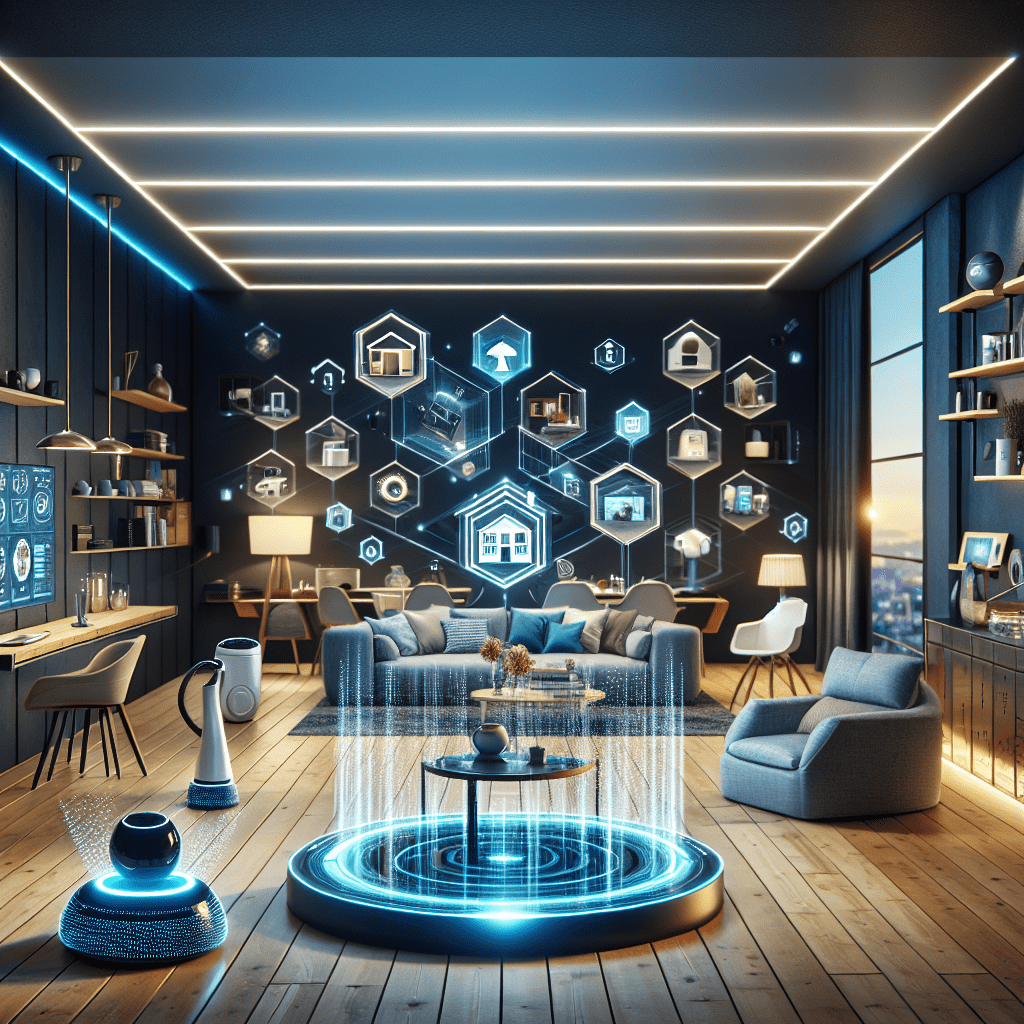The world of home design has undergone a remarkable transformation, thanks to the advent of artificial intelligence (AI). This technology has not only changed the way designers and homeowners envision spaces but has also streamlined the entire design process. From conceptualization to execution, AI has played a vital role in revolutionizing interiors. In this article, we will explore the various facets of how AI is reshaping home design, the benefits it brings, and what the future holds for this industry.
The Rise of AI in Interior Design
AI’s integration into Interior Design is a relatively recent phenomenon but it has quickly taken the industry by storm. With advancements in machine learning, neural networks, and data analytics, AI has provided tools that support designers in several ways:
- Enhanced Creativity: AI tools can assist designers by generating innovative ideas based on user inputs, previous designs, and current trends.
- Efficiency: AI can automate repetitive tasks like generating floor plans or calculating materials, allowing designers to focus more on the creative aspects.
- Personalization: By analyzing user preferences and behaviors, AI can create personalized design suggestions, making spaces more appealing to individuals.
AI-Driven Design Tools
One of the most significant ways AI is influencing home design is through the emergence of AI-driven design tools. These platforms utilize algorithms to streamline the design process and enhance collaboration between designers and clients.
1. Virtual Reality and Augmented Reality
Virtual reality (VR) and augmented reality (AR) technologies are now being utilized in Interior Design to create immersive experiences. Designers can present their ideas in a realistic 3D environment, allowing clients to visualize what their home will look like before the actual work begins.
2. AI-Based Design Software
Tools such as Autodesk’s Revit and SketchUp use AI to assist users in building 3D models of interiors quickly. These platforms analyze spatial relationships and suggest optimal layouts based on the client’s needs and preferences.
3. Personalized Recommendations
AI-powered platforms, like Modsy and Havenly, offer personalized design recommendations tailored to individual preferences, budgets, and styles. Users upload photos of their spaces and receive professional design advice and shopping links.
AI and Predictive Analytics
Another vital application of AI in home design lies in its predictive capabilities. Based on historical data and emerging trends, AI algorithms predict future styles and preferences. This can guide designers in making informed decisions and staying ahead of aesthetic trends. Additionally, predictive analytics can optimize inventory management and supply chain logistics, ensuring that the right materials are on hand when needed.
The Benefits of AI in Home Design
Integrating AI into home design comes with numerous advantages:
- Time-Saving: Automated processes drastically reduce design time, enabling quicker project completion.
- Cost Efficiency: AI tools can help identify cost-saving solutions, whether regarding materials or labor.
- Improved Accuracy: Precision in measurements and design data minimizes errors, resulting in a smoother renovation experience.
- Enhanced Collaboration: AI facilitates better communication between designers and clients, making the feedback process more efficient.
Challenges and Considerations
While AI offers numerous benefits, there are challenges that need to be addressed:
1. Artistic Limitations
AI, despite its data-driven capabilities, may lack the intuitive understanding of human emotions that experienced designers possess. This reliance on algorithms could sometimes lead to less nuanced design choices.
2. Data Privacy Concerns
The use of AI entails gathering and analyzing large amounts of data, raising privacy and security concerns. Clients must be assured that their data is being handled responsibly and ethically.
3. Dependence on Technology
Over-reliance on AI tools could result in diminished skill sets among designers, as traditional design techniques may be overlooked or forgotten.
Future Trends: AI in Home Design
As technology continues to advance, the role of AI in home design is expected to expand. Here are some trends we might see in the coming years:
- Smart Home Integration: AI will increasingly interface with smart home technologies, facilitating seamless control of lighting, heating, and security within interior spaces.
- Sustainability Focus: AI can analyze materials and suggest eco-friendly alternatives, contributing to sustainable home design practices.
- Blockchain for Transparency: Blockchain technology may integrate with AI to ensure transparent supply chains, verifying the source and quality of materials used in home design.
Conclusion
AI is undoubtedly revolutionizing the field of home design, enhancing creativity, efficiency, and personalization. As we continue to embrace these technological advancements, designers and homeowners will benefit from innovative solutions tailored to their needs and preferences. The key is to find a balance between leveraging AI’s capabilities while retaining the artistic touch that defines the essence of great design.
FAQs about AI in Home Design
1. How does AI aid in home design?
AI assists in home design by providing tools that automate repetitive tasks, generate innovative ideas, create personalized design recommendations, and analyze trends to guide future design decisions.
2. What are some popular AI-driven design tools?
Popular AI-driven design tools include Autodesk Revit, SketchUp, Modsy, Havenly, and various AR/VR applications that facilitate immersive design experiences.
3. Are there risks associated with using AI in home design?
Yes, risks include potential artistic limitations, data privacy concerns, and an over-reliance on technology that may hinder the development of traditional design skills.
4. Can AI predict future design trends?
AI can analyze historical data and predict future design trends, helping designers stay ahead of the curve and make informed decisions that resonate with consumer preferences.
5. Will AI replace human designers in Interior Design?
While AI will significantly assist and enhance the design process, it is unlikely to fully replace human designers. The emotional and aesthetic sensitivity that human designers bring remains crucial in creating beautiful, livable spaces.
#Revolutionizing #Interiors #Transforming #Home #Design
